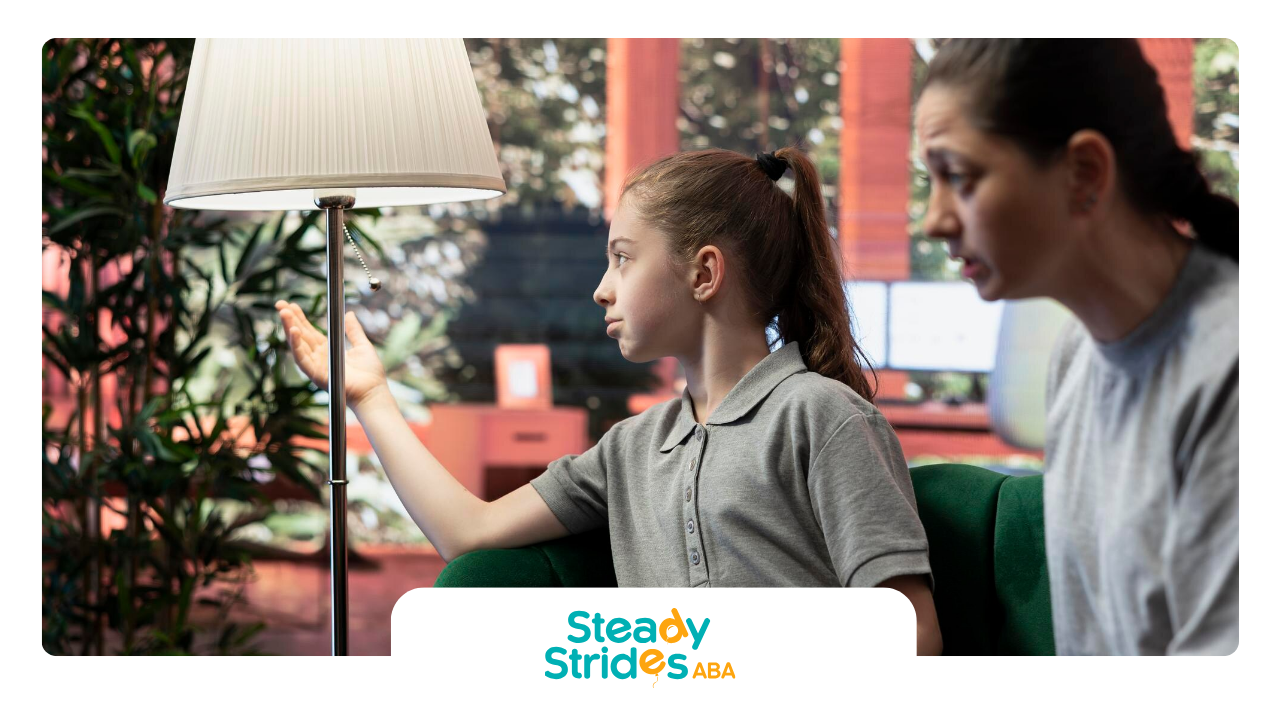Applied Behavior Analysis (ABA) therapy is a highly effective, evidence-based approach to improving behaviors and skills in individuals with Autism Spectrum Disorder (ASD). While ABA therapy can be delivered in various settings, center-based ABA therapy offers a structured and supportive environment where children can thrive. This comprehensive guide will explore the components and benefits of a center-based ABA therapy curriculum, detailing how it enhances skill development and fosters progress.
What is Center-Based ABA Therapy?
Center-based ABA therapy refers to ABA services provided in a dedicated therapeutic center, rather than in the home or community. These centers are specifically designed to offer a controlled and optimized environment for learning and development. They are staffed with trained professionals, including Board Certified Behavior Analysts (BCBAs) and Registered Behavior Technicians (RBTs), who implement individualized therapy plans.
Benefits of Center-Based ABA Therapy
Center-based ABA therapy offers several unique advantages:
- Structured Environment: The controlled setting of a center provides a consistent and predictable environment, which is beneficial for children with autism who thrive on routine and structure.
- Access to Resources: Centers are equipped with a variety of therapeutic materials and resources that can enhance learning and development.
- Socialization Opportunities: Children have the chance to interact with peers, facilitating the development of social skills and friendships.
- Professional Oversight: The presence of a multidisciplinary team ensures that therapy is delivered with high fidelity and that progress is closely monitored.
Key Components of a Center-Based ABA Therapy Curriculum
A comprehensive center-based ABA therapy curriculum is designed to address various areas of development. Here are the key components:
Behavioral Interventions
- Discrete Trial Training (DTT): DTT involves breaking down skills into small, teachable components. Each trial consists of a clear instruction, the child’s response, and immediate feedback. This method is highly effective for teaching new skills.
- Natural Environment Training (NET): NET focuses on teaching skills within the context of everyday activities. This approach helps children generalize skills across different settings and situations.
- Positive Reinforcement: Positive reinforcement involves rewarding desired behaviors to increase their occurrence. Rewards can include praise, tokens, or preferred activities.
Communication Skills
- Verbal Behavior Therapy (VBT): VBT focuses on teaching communication skills by using motivation and reinforcement to encourage verbal interactions. This includes teaching mands (requests), tacts (labels), and intraverbals (conversational responses).
- Picture Exchange Communication System (PECS): PECS is a visual communication system that helps non-verbal children communicate using pictures. This system can enhance communication and reduce frustration.
- Augmentative and Alternative Communication (AAC): AAC includes devices and systems that support communication, such as speech-generating devices and communication apps.
Social Skills
- Social Skills Groups: These groups provide structured opportunities for children to practice social interactions with peers. Activities may include role-playing, group games, and cooperative tasks.
- Social Stories: Social stories are short narratives that explain social situations and appropriate behaviors. They help children understand social cues and expectations.
- Peer Modeling: Peers who exhibit strong social skills model appropriate behaviors, providing examples for children to imitate.
Academic Skills
- Individualized Education Plans (IEPs): ABA therapists work closely with schools to develop and implement IEPs that address the child’s academic goals. This ensures that learning is tailored to the child’s needs.
- Academic Instruction: Centers often provide direct instruction in core academic areas such as reading, math, and writing. Lessons are designed to be engaging and adapted to each child’s learning style.
Adaptive and Daily Living Skills
- Self-Care Skills: Children learn essential self-care skills such as dressing, grooming, and toileting. These skills are critical for independence.
- Household Chores: Teaching children to complete household tasks, such as setting the table or making the bed, promotes responsibility and independence.
- Community Skills: Community outings and activities teach children how to navigate public spaces, such as grocery stores, parks, and restaurants. These experiences help children develop practical life skills.
Sensory Integration
- Sensory Activities: Centers provide sensory activities that help children regulate their sensory input. This can include activities such as swinging, jumping, and tactile play.
- Sensory Rooms: Sensory rooms are designed to provide a calming environment where children can engage in sensory activities to reduce stress and anxiety.
Implementing the Curriculum
Implementing a center-based ABA therapy curriculum involves several steps:
- Initial Assessment: Each child undergoes a comprehensive assessment to identify their strengths, challenges, and goals. This assessment informs the development of an individualized therapy plan.
- Individualized Therapy Plan: Based on the assessment, a tailored therapy plan is created. This plan outlines specific goals and the interventions that will be used to achieve them.
- Regular Monitoring and Adjustments: Progress is regularly monitored, and the therapy plan is adjusted as needed to ensure continued progress and address any new challenges.
- Collaboration with Families: Families are actively involved in the therapy process. Therapists provide training and support to help parents reinforce skills at home and ensure consistency across settings.
Conclusion
Center-based ABA therapy provides a structured, resource-rich environment that supports the development of essential skills in children with autism. By offering individualized therapy plans, professional oversight, and opportunities for socialization, center-based programs can significantly enhance a child's progress and quality of life.
At Steady Strides, we are dedicated to providing high-quality, center-based ABA therapy tailored to the unique needs of each child. Our comprehensive curriculum is designed to foster growth across various developmental areas, ensuring that every child has the opportunity to reach their full potential.












